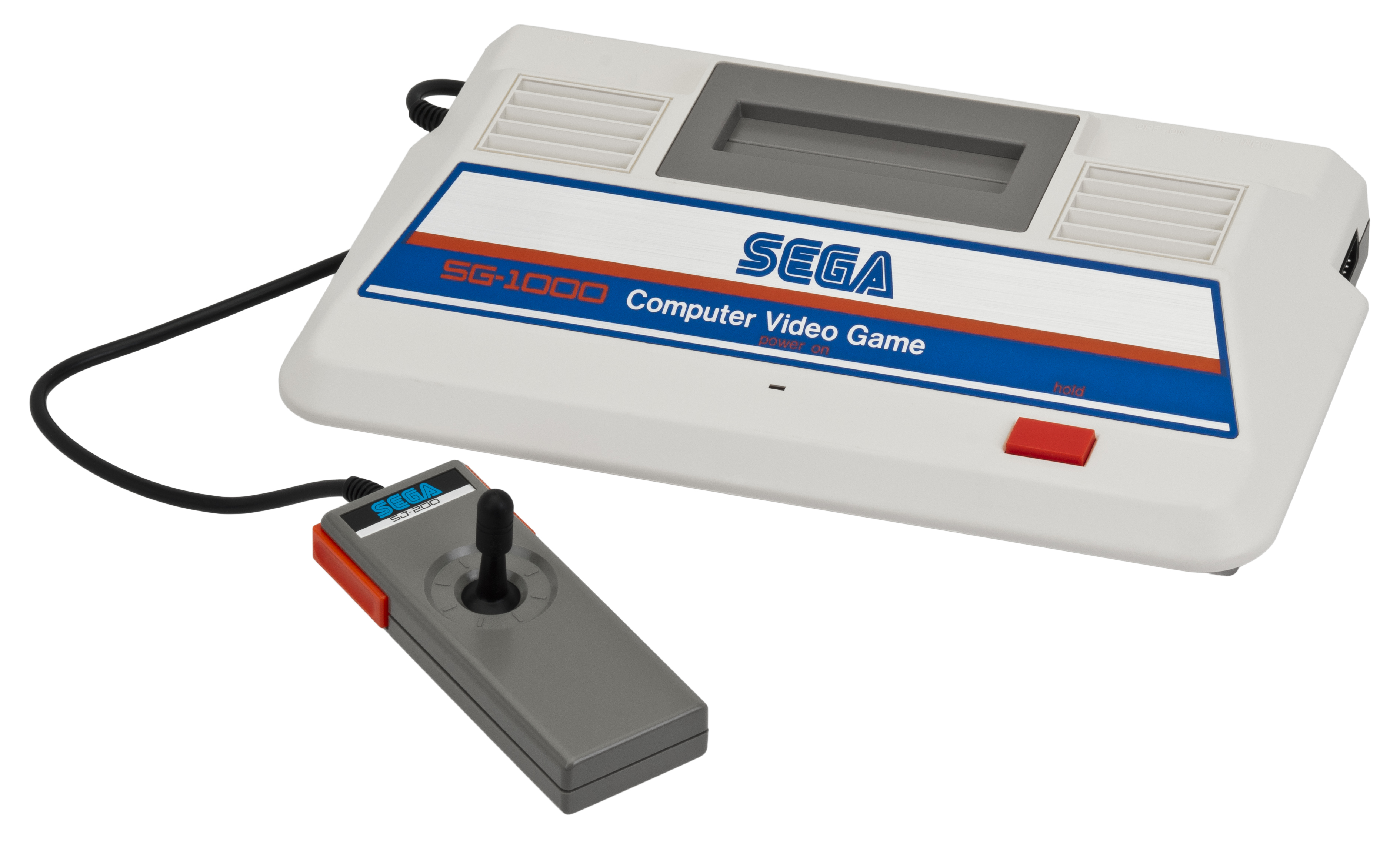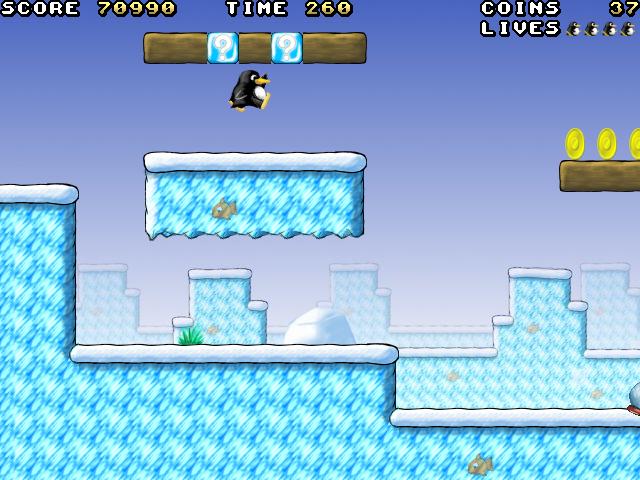|
Kirby's Dream Land
is a 1992 action-platform game developed by HAL Laboratory and published by Nintendo for the Game Boy. It is the first game in the ''Kirby'' series and marks the debut of Kirby. It introduced many conventions that would appear in later games in the series. The game follows Kirby as he goes through five levels to retrieve the Sparkling Stars and food of Dream Land from King Dedede. ''Kirby's Dream Land'' was the debut game of designer Masahiro Sakurai. He intended it to be a simple game that could be easy to pick up and play by those unfamiliar with action games. For more advanced players, he offered additional optional challenges such as a hard mode and the ability to edit Kirby's maximum HP and starting number of lives. ''Kirby's Dream Land'' was re-released on the Nintendo 3DS via the Virtual Console in 2011; it is also one of the games included in the compilation game '' Kirby's Dream Collection'' for the Wii, released to celebrate the series' 20th anniversary. The game was ... [...More Info...] [...Related Items...] OR: [Wikipedia] [Google] [Baidu] |
HAL Laboratory
formerly shortened as HALKEN, is a Japanese video game developer based in Chiyoda, Tokyo. It was founded on February 21, 1980 by Mitsuhiro Ikeda. The company started out developing games for home computers of the era, but has since established a strong relationship with Nintendo, and is often referred to as a second-party developer. In 1991, a second office in Kai, Yamanashi was established. The company is best known for its work on the ''Kirby (series), Kirby'' and ''Mother (video game series), Mother'' series, and the first two ''Super Smash Bros.'' games. Its logo, which depicts a dog incubating eggs, is meant to represent "an unexpected bond [...] one that brings the birth of something new." History HAL Laboratory was founded on February 21, 1980, and originally developed games for home computers, such as the MSX and VIC-20. There have been conflicting claims on the origin of the company's name. During a Game Developers Conference, GDC 2005 keynote, Satoru Iwata stated t ... [...More Info...] [...Related Items...] OR: [Wikipedia] [Google] [Baidu] |
Virtual Console
The Virtual Console was a line of downloadable retro video games for Nintendo's Wii and Wii U home video game consoles and the Nintendo 3DS family of handheld systems. The Virtual Console lineup consisted of titles originally released on past home and handheld consoles and were run in their original forms through software emulation (excluding Game Boy Advance titles on the 3DS and Wii titles on Wii U), therefore remaining mostly unaltered, and could be purchased from the Wii Shop Channel or Nintendo eShop for between 500 and 1,200 Wii Points, or using real currency, with prices depending on the system, rarity, and/or demand. On Wii and Wii U, the Virtual Console's library of past games consisted of titles originating from the Nintendo Entertainment System (NES), Super Nintendo Entertainment System (SNES), Game Boy, Game Boy Color, Nintendo 64, Game Boy Advance, and Nintendo DS, as well as Sega's Master System, Genesis and Game Gear, NEC's TurboGrafx-16, and SNK' ... [...More Info...] [...Related Items...] OR: [Wikipedia] [Google] [Baidu] |
Level (video Gaming)
In video games, a level (also referred to as a map, mission, stage, course, or round in some older games) is any space available to the player during the course of completion of an objective. Video game levels generally have progressively increasing difficulty to appeal to players with different skill levels. Each level may present new concepts and challenges to keep a player's interest high to play for a long time. In games with linear progression, levels are areas of a larger world, such as Green Hill Zone. Games may also feature interconnected levels, representing locations. Although the challenge in a game is often to defeat some sort of character, levels are sometimes designed with a movement challenge, such as a jumping puzzle, a form of obstacle course. Players must judge the distance between platforms or ledges and safely jump between them to reach the next area. These puzzles can slow the momentum down for players of fast action games; the first ''Half-Life'''s penul ... [...More Info...] [...Related Items...] OR: [Wikipedia] [Google] [Baidu] |
Five-pointed Star
A five-pointed star (☆), geometrically an equilateral concave decagon, is a common ideogram in modern culture. Comparatively rare in classical heraldry, it was notably introduced for the flag of the United States in the Flag Act of 1777 and since has become widely used in flags. It has also become a symbol of fame or "celebrity, stardom" in Western culture, among other uses. History of use Early history The Egyptian hieroglyph representing "star" had five points (N14 Gardiner's sign list#N, N14), while the dingir, "star" sign in Mesopotamian cuneiform had eight. Sopdet, the Egyptian personification of the star Sirius, is always shown with the five-pointed star hieroglyph on her head. The five-pointed star is the oldest symbol of Italy. Venus (mythology), Venus (once considered a star instead of a Venus, planet) represented the West and was, in Classical mythology, the symbol of the Italian peninsula, which was western to Greece. The star (or ''mullet (heraldry), mullet'' ... [...More Info...] [...Related Items...] OR: [Wikipedia] [Google] [Baidu] |
Protagonist
A protagonist () is the main character of a story. The protagonist makes key decisions that affect the plot, primarily influencing the story and propelling it forward, and is often the character who faces the most significant obstacles. If a story contains a subplot, or is a narrative made up of several stories, then each subplot may have its own protagonist. The protagonist is the character whose fate is most closely followed by the reader or audience, and who is opposed by the antagonist. The antagonist provides obstacles and complications and creates conflicts that test the protagonist, revealing the strengths and weaknesses of the protagonist's character, and having the protagonist develop as a result. A particularly noble, virtuous, or accomplished protagonist is commonly called a ''hero,'' though the terms are not synonyms. Etymology The term ''protagonist'' comes , combined of (, 'first') and (, 'actor, competitor'), which stems from (, 'contest') via (, 'I conten ... [...More Info...] [...Related Items...] OR: [Wikipedia] [Google] [Baidu] |
Plane (mathematics)
In mathematics, a plane is a two-dimensional space or flat surface that extends indefinitely. A plane is the two-dimensional analogue of a point (zero dimensions), a line (one dimension) and three-dimensional space. When working exclusively in two-dimensional Euclidean space, the definite article is used, so ''the'' Euclidean plane refers to the whole space. Several notions of a plane may be defined. The Euclidean plane follows Euclidean geometry Euclidean geometry is a mathematical system attributed to ancient Greek mathematics, Greek mathematician Euclid, which he described in his textbook on geometry, ''Euclid's Elements, Elements''. Euclid's approach consists in assuming a small set ..., and in particular the parallel postulate. A projective plane may be constructed by adding "points at infinity" where two otherwise parallel lines would intersect, so that every pair of lines intersects in exactly one point. The elliptic plane may be further defined by adding a metr ... [...More Info...] [...Related Items...] OR: [Wikipedia] [Google] [Baidu] |
History Of Video Game Consoles (fourth Generation)
In the history of video games, the fourth generation of video game consoles, more commonly referred to as the 16-bit era, began on October 30, 1987, with the Japanese release of NEC Home Electronics' PC Engine (known as the TurboGrafx-16 in North America). Though NEC released the first console of this era, sales were mostly dominated by the rivalry between Sega and Nintendo across most markets: the Sega Mega Drive (known as the Sega Genesis in North America) and the Super Nintendo Entertainment System (known as the ''Super Famicom'' in Japan). Cartridge-based handheld game consoles became prominent during this time, such as the Nintendo Game Boy, Atari Lynx, Sega Game Gear and TurboExpress. Nintendo was able to capitalize on its success in the third generation, and managed to win the largest worldwide market share in the fourth generation as well. However, particularly in the lucrative North American market, there was a fierce console war that raged through the early 1990s, w ... [...More Info...] [...Related Items...] OR: [Wikipedia] [Google] [Baidu] |
History Of Video Game Consoles (third Generation)
In the history of video games, the third generation of video game consoles, commonly referred to as the 8-bit era, began on July 15, 1983, with the Japanese release of two systems: Nintendo's Family Computer (commonly abbreviated to '' Famicom'') and Sega's SG-1000. When the Famicom was released outside of Japan, it was remodeled and marketed as the Nintendo Entertainment System (NES). This generation marked the end of the video game crash of 1983, and a shift in the dominance of home video game manufacturers from the United States to Japan. Handheld consoles were not a major part of this generation; the Game & Watch line from Nintendo (which started in 1980) and the Milton Bradley Microvision (which came out in 1979) that were sold at the time are both considered part of the previous generation due to hardware typical of the second generation. Improvements in technology gave consoles of this generation improved graphical and sound capabilities, comparable to golden age ... [...More Info...] [...Related Items...] OR: [Wikipedia] [Google] [Baidu] |
Platform Game
A platformer (also called a platform game, and sometimes a jump 'n' run game) is a subgenre of action game in which the core objective is to move the player character between points in an environment. Platform games are characterized by levels with uneven terrain and suspended platforms that require jumping and climbing to traverse. Other acrobatic maneuvers may factor into the gameplay, such as swinging from vines or grappling hooks, jumping off walls, gliding through the air, or bouncing from springboards or trampolines. The genre started with the 1980 arcade video game ''Space Panic'', which has ladders but not jumping. ''Donkey Kong (arcade game), Donkey Kong'', released in 1981, established a template for what were initially called "climbing games". ''Donkey Kong'' inspired many clones and games with similar elements, such as ''Miner 2049er'' (1982) and ''Kangaroo (video game), Kangaroo'' (1982), while the Sega arcade game ''Congo Bongo'' (1983) adds a third dimension via I ... [...More Info...] [...Related Items...] OR: [Wikipedia] [Google] [Baidu] |
Side-scrolling Video Game
A side-scrolling video game (alternatively side-scroller) is a video game viewed from a side-view camera angle where the screen follows the player as they move left or right. The jump from single-screen or flip-screen graphics to scrolling graphics during the golden age of arcade games was a pivotal leap in game design, comparable to the move to 3D graphics during the fifth generation.IGN Presents the History of SEGA: Coming Home Hardware support of smooth scrolling backgrounds is built into many s, some game consoles, and home computer ... [...More Info...] [...Related Items...] OR: [Wikipedia] [Google] [Baidu] |
Gamer Network
Gamer Network Limited (formerly Eurogamer Network Limited) is a British digital media company based in London. Founded in 1999 by Rupert and Nick Loman, it owns brands—primarily editorial websites—relating to video game journalism and other video game businesses. Its flagship website, ''Eurogamer'', was launched alongside the company. It began hosting the video game trade show EGX in 2008. ReedPop acquired Gamer Network in 2018 and sold it to IGN Entertainment in 2024. History Gamer Network was founded under the name Eurogamer Network in 1999 by brothers Rupert and Nick Loman. It was formed alongside the opening of its flagship website, ''Eurogamer'', which itself launched on 4 September 1999. Nick Loman left the business in 2004 to pursue a career in medicine and "competitive BBQ". In February 2011, Eurogamer Network acquired American publishing house Hammersuit, alongside its IndustryGamers.com and Modojo.com websites. On 1 March 2013, in line with the internationa ... [...More Info...] [...Related Items...] OR: [Wikipedia] [Google] [Baidu] |




